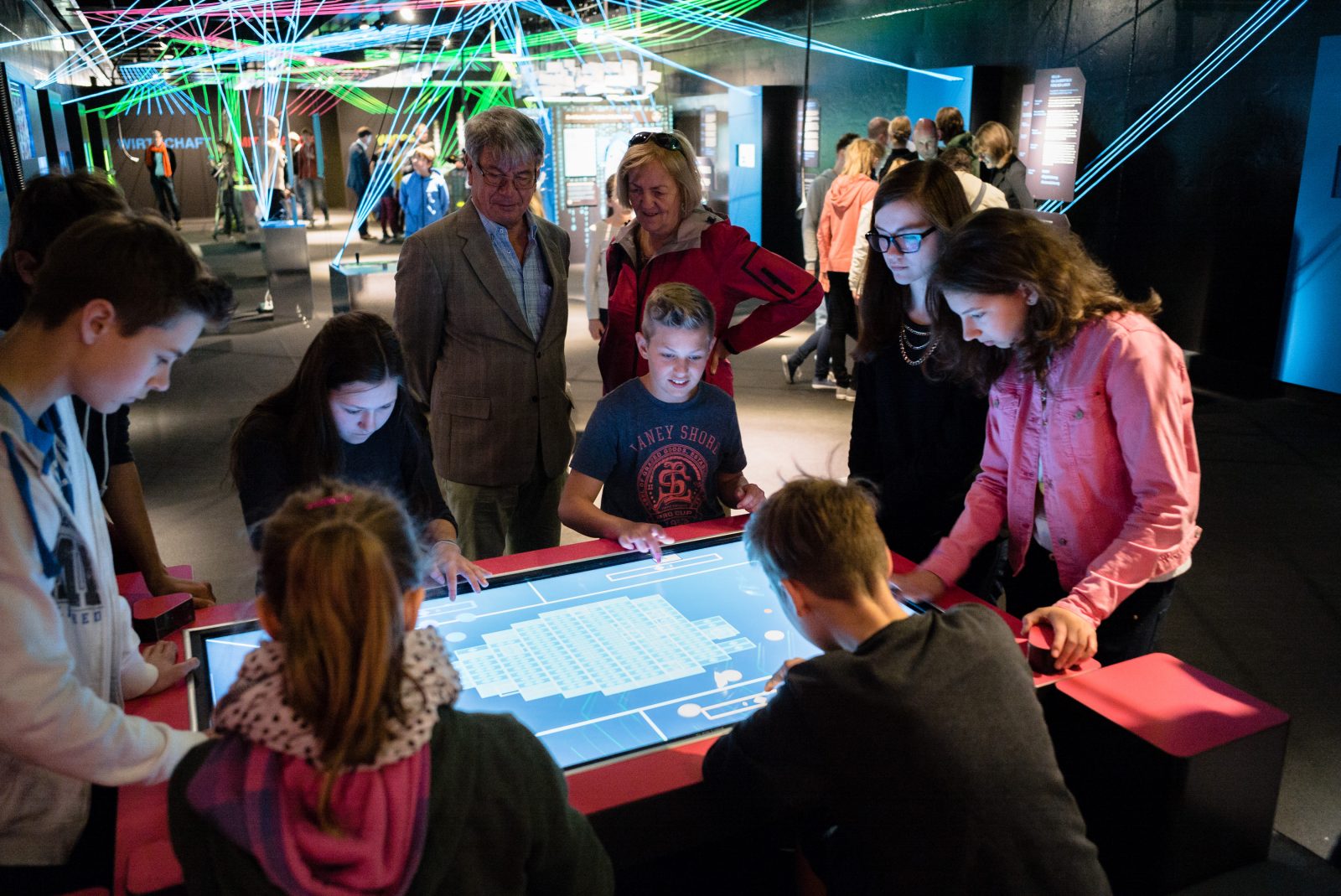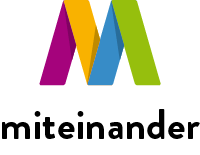Multitouch Interaction for Groups

Foto: Ilja Hendel/Wissenschaft im Dialog
Interaktive Tabletops können Benutzer dazu bringen, miteinander kollaborierend in Kontakt zu treten. Dies ist besonders für Museen und Ausstellungen vielversprechend, da die meisten Besucher in Gruppen unterwegs sind. Während viele interaktive Ausstellungsstücke die meisten Gruppenmitglieder in eine Beobachter-Rolle drängen, ermöglicht der Tabletop mehreren Benutzern aktiv am Geschehen teilzunehmen. Einen solchen Tabletop zu entwerfen ist eine Herausforderung, da besondere Robustheit und ansprechendes Design verlangt werden. Außerdem muss er sich in die Ausstellung bzw. die Einrichtung des Museums integrieren.
Dieses Projekt beschreibt das Design und die Konstruktion zweier interaktiver Tabletops und ihrer entsprechenden Multi-User Applikationen für zwei Ausstellungskontexte. Besucherinteraktionen auf diesen Tabletops wurden in vier aufeinanderfolgenden Studien in situ untersucht. Die Interaktionen wurden studiert, um die iterative Entwicklung zu leiten und sie wurden analysiert, um festzustellen, welche Design-Entscheidungen hinsichtlich Applikationen und physischem Layout zu einer großen Anzahl »erfolgreicher« Interaktionen führen.
English version
Interactive tabletops can enable multiple users to interact collaboratively. This is especially promising for museums and exhibitions since most of their visitors come in groups. While many interactive exhibits force most of the group into the spectator role, tabletops can give multiple users the ability to contribute actively. Designing an interactive tabletop for such collective interactions is a challenging task since they need to be robust and need to be appealing to a broad range of users while featuring a part of the exhibitions content.
This project describes the design and construction of two interactive tabletops and their respective multiuser applications for two exhibition contexts. Visitor interactions on these tabletops were studied in situ in four consecutive studies. These interactions are studied to inform the iterative development and analyzed to ascertain which design decisions in the applications and the physical layout contributed to the large number of »successful« interactions.

